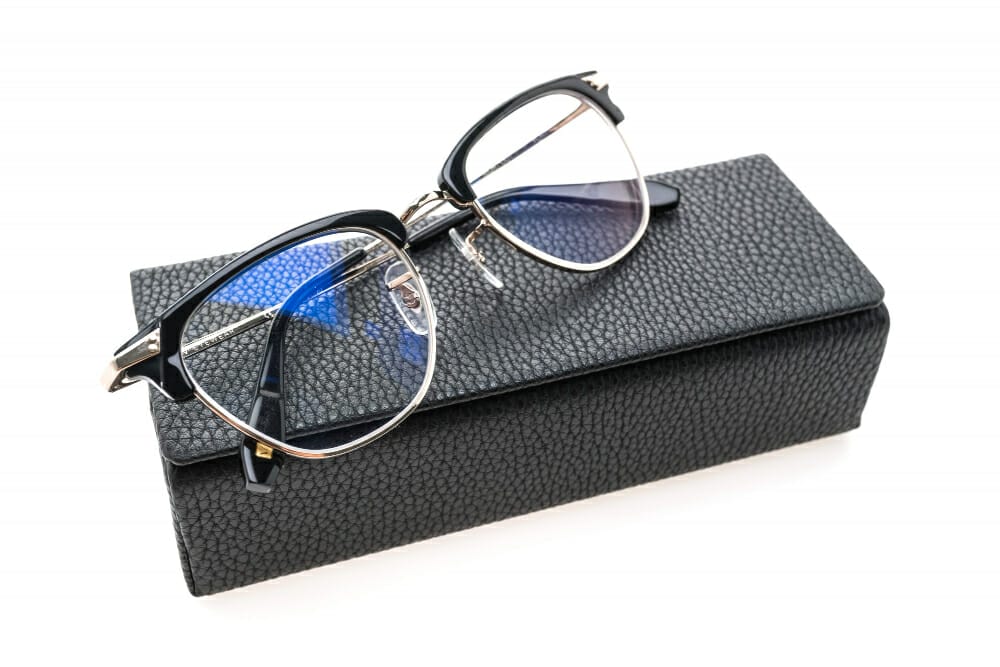When is This Coating Applied?
Anti-reflective coating can be applied both before, and after purchasing a pair of glasses.
Generally speaking, it is ideal for anti-reflective coating to be added as early as possible. This allows it to be integrated into the manufacturing process, making it more integrated and cost-effective.
However, it is completely possible to apply this after purchase, though it is a bit more of a process. First you must check to ensure it does not already contain this coating. You can do this by looking at your lenses from different directions to try and spot any glare. If you are lacking the coating, the glare will share the color with the light it’s reflecting, and those reflections will be very strong and obvious.
If you determine your glasses do not have this coating, there are two other things you must check first.
- Confirm that the lenses have not been exposed to skin oils. If they have, the anti-reflective coating might not stick well enough.
- Check that there are no scratches on the lenses. If there are scratches, they can be magnified by the application of the coating, making them more of a nuisance for the wearer.
If these conditions are met, the coating can be applied, though in many cases it will cost more at this point, and will likely be of a lower quality than similar coating applied during the manufacturing process. So, as mentioned above, it is advised to get glasses with this feature built in.

















